Main Content
Blog
Blog Details
World’s First 3D-Printed Tiny Home Now Available For Rent On Airbnb
With 3D printing, a small blob of material can turn into something amazing. Fibonacci House realizes this potential, as the world’s first fully 3D-printed concrete tiny home to be listed on Airbnb, now available to rent.
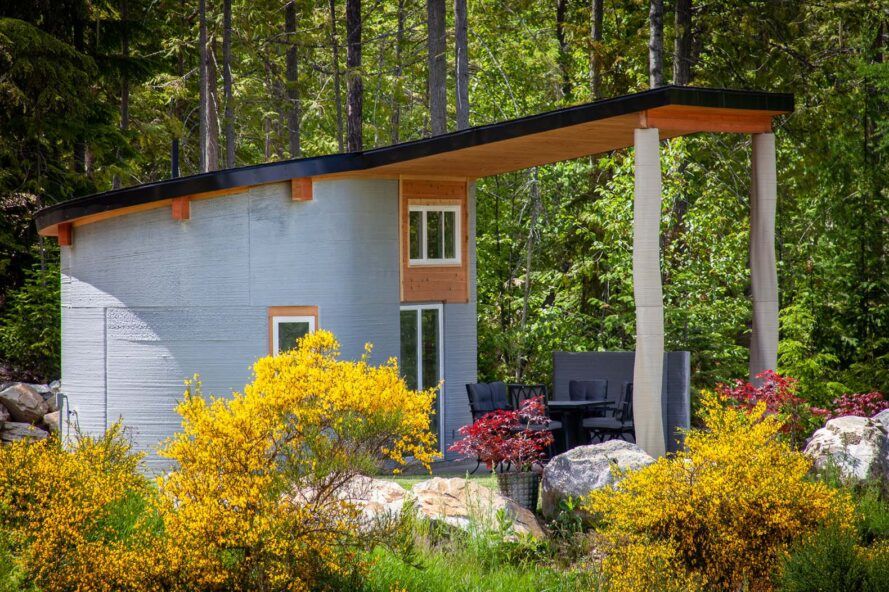
Located in a rapidly-growing and widely popular area in the Kootenay Lake Village (KLV) project at Procter Point in Nelson, BC, the home was printed over the course of 11 days. It includes space for two adults and two children, with a tiny footprint of just 35 square meters. The home features a sitting area, loft bedroom, fully-functional kitchen and bathroom.
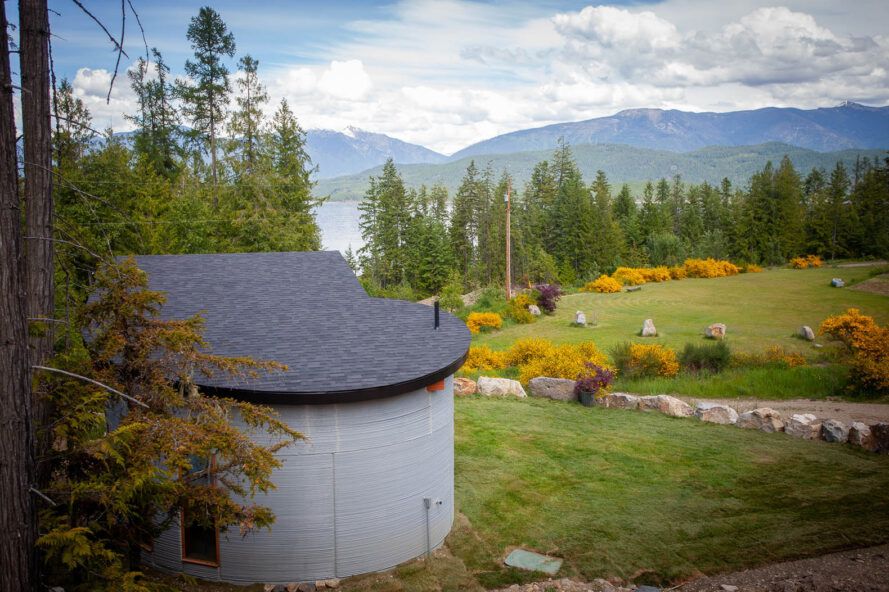
As Canada’s first 3D-printed home, the Fibonacci House is an example of how far 3D printing has come. Its curved walls make an architectural statement. In fact, the rounded design is the result of a challenge to develop an outline with the fewest possible straight lines. But the curvature is more than just aesthetic, with the concrete offering a solid, climate-proof, energy-efficient and easy-to-maintain surface.
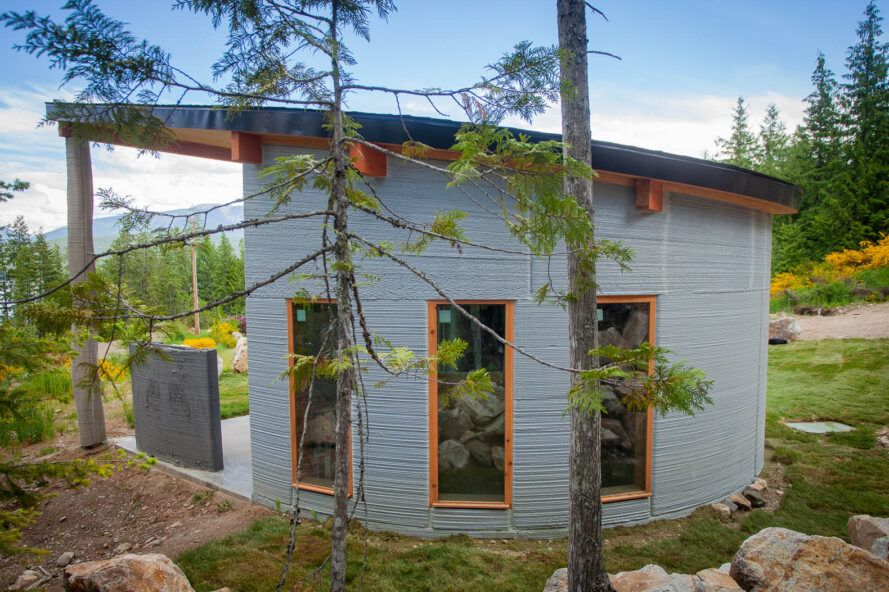
The printer used for the project is a product from leading construction technology company Twente Additive Manufacturing, which has offices in Canada, Germany and soon, Dubai. Twente Additive Manufacturing Inc. explains, “The Design of the House was inspired by the Fibonacci Sequence, a well-known pattern that is often referred to as “the golden ratio” which can be found in nature in numerous variations: in shells, flower petals, leaf formations, etc.”
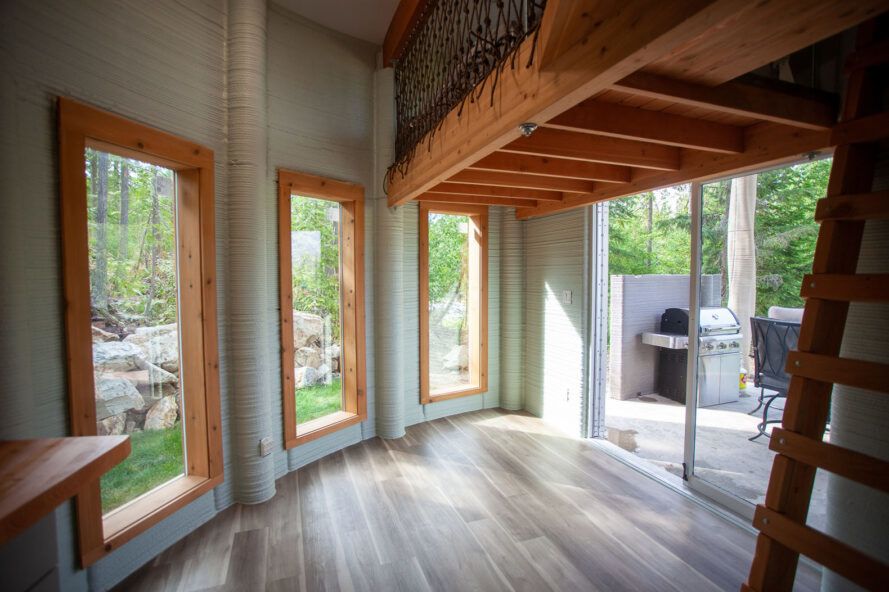
Perhaps the most unique aspect of the project is that all proceeds from rentals will go to World Housing, an organization that has built homes for thousands of families in developing nations around the world. The organization is now bringing its work to its own backyard to develop a 3D-printed community for single mothers and their children in Canada.
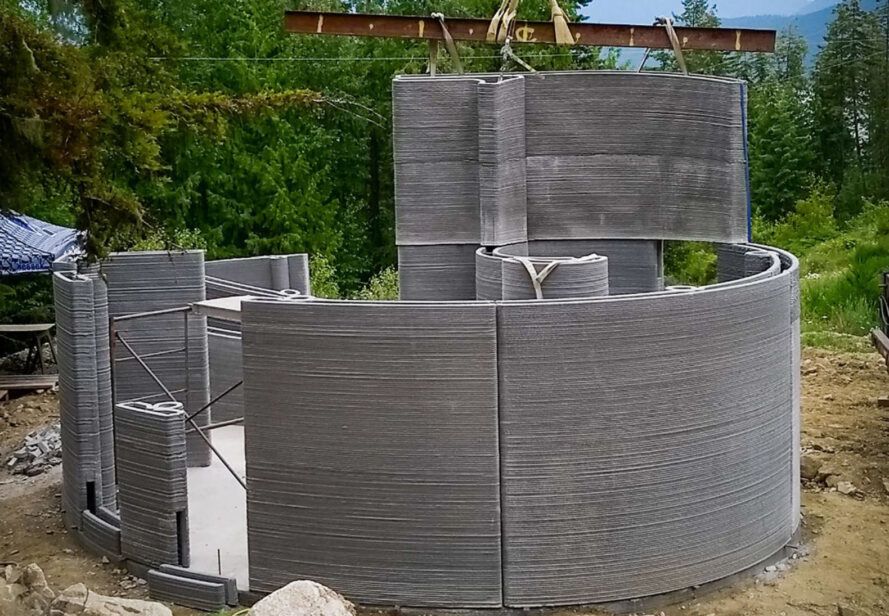
World Housing is using the example of the Fibonacci House to recognize a possible solution for the labor shortage within the construction industry. This project also addresses the problem of construction waste and affordable housing shortages. In addition to the efficiency and minimal site impact of the printed material, non-concrete surfaces in the home are made up of sustainably harvested cedar and fir from KLV’s next-door neighbors, the Harrop Procter Community Forest.
Text by Dawn Hammon | Photo by Twente Additive Manufacturing Inc. | Read More Here



Login With
Or Sign Up With Disqus